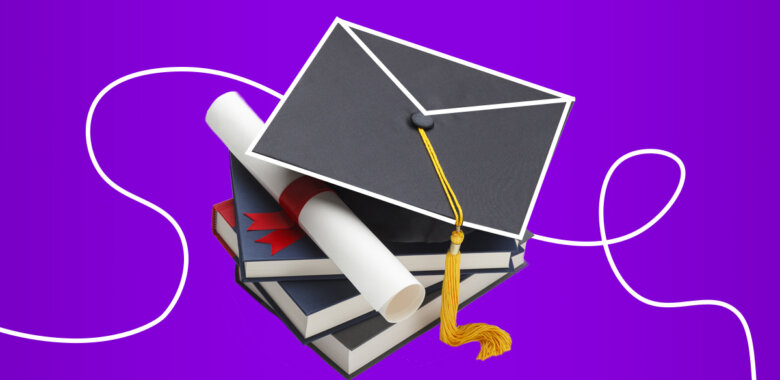Campaigns can inform current and prospective students of your institution’s programs, benefits, and scholarships. When done right, email marketing can get your college or university’s name out there for more people to see. The greater the exposure, the higher your odds of getting more enrollees for the next school term.
You can also use emails to promote any vacancies in your institution. In turn, your institution will have a higher chance of finding competent educators and employees to add to your roster.
Higher student retention rate
Effective higher educational marketing not only aims to get new students to sign up for enrollment, but also impel current students to stay. This is achieved by providing relevant information to students regarding their classes and school clubs, activities, and events they may like.
Students are more likely to continue studying in the same institution when their interests, be it academic or extracurricular, are taken into consideration. They are also more likely to stay when they are supported and involved.
Communicating all of these through your campaigns can guarantee higher student retention rates as well as a higher enrollment rate.
Increased student involvement in extracurricular activities
Extracurricular activities improve the student experience and performance. However, not everyone knows what they are and how to sign up for them. Not all students have time to stand by the school’s notice or bulletin board to browse through all the programs.
This is where your email campaigns come in. Using information you have previously collected from your students, you can utilize email tools to customize campaigns promoting extracurricular activities that suit their specific interests.
These campaigns will not only allow them to browse the activities on their own time, but the personalizations that come from segmentation will also filter which activities are most relevant to them, thus increasing their chances of signing up and getting involved.
You can also promote school-wide activities to keep your students up-to-date on the institution’s latest events, thus increasing awareness and potential involvement.
For example, check out this email from Deakin University that features information on courses, events, and other activities:














